
| Recorded by: David George on 2025-09-06
Durham Co.
Comment: Feeding on Honey Locust | 
| Recorded by: David George on 2025-09-06
Durham Co.
Comment: |

| Recorded by: David George on 2025-09-06
Durham Co.
Comment: | 
| Recorded by: K. Bischof on 2025-07-21
Transylvania Co.
Comment: |
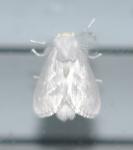
| Recorded by: K. Bischof on 2025-07-21
Transylvania Co.
Comment: | 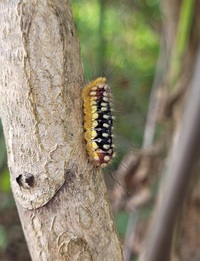
| Recorded by: Andrew W. Jones on 2024-09-24
Polk Co.
Comment: |
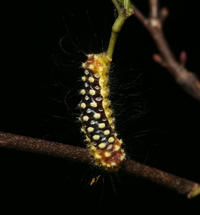
| Recorded by: David George on 2024-08-29
Durham Co.
Comment: | 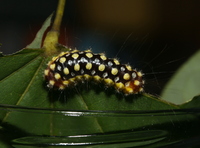
| Recorded by: David George, Jeff Niznik on 2024-08-15
Durham Co.
Comment: |
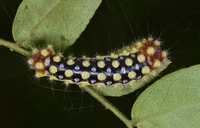
| Recorded by: Stephen Dunn on 2024-08-07
Orange Co.
Comment: | 
| Recorded by: David George on 2024-07-20
Chatham Co.
Comment: |

| Recorded by: David George, Larry Chen on 2023-09-14
Durham Co.
Comment: | 
| Recorded by: L. Knepp on 2023-09-09
Surry Co.
Comment: |
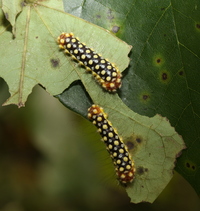
| Recorded by: David George, John Petranka on 2023-08-21
Durham Co.
Comment: | 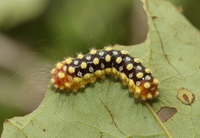
| Recorded by: David George, John Petranka on 2023-08-21
Durham Co.
Comment: |

| Recorded by: Stephen Dunn, Jeff Niznik on 2023-07-26
Chatham Co.
Comment: | 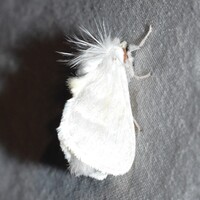
| Recorded by: Stephen Dunn, Jeff Niznik on 2023-07-26
Chatham Co.
Comment: |
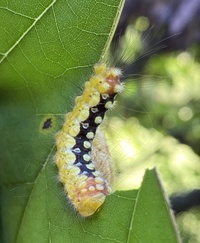
| Recorded by: David George on 2022-09-01
Durham Co.
Comment: | 
| Recorded by: David George on 2022-08-20
Durham Co.
Comment: Larvae were on Eastern Redbud. |
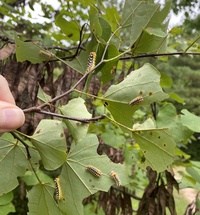
| Recorded by: David George on 2022-08-20
Durham Co.
Comment: Larvae were on Eastern Redbud. | 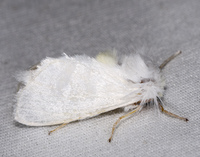
| Recorded by: John Petranka on 2022-07-24
Orange Co.
Comment: |

| Recorded by: K. Williams on 2022-07-10
Surry Co.
Comment: | 
| Recorded by: Kyle Kittelberger on 2020-07-12
Wake Co.
Comment: |
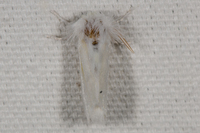
| Recorded by: David L. Heavner on 2019-07-11
Buncombe Co.
Comment: | 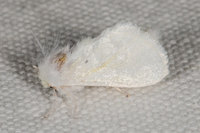
| Recorded by: David L. Heavner on 2019-07-11
Buncombe Co.
Comment: |
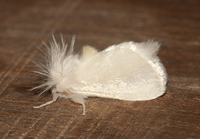
| Recorded by: Parker Backstrom on 2017-07-28
Chatham Co.
Comment: | 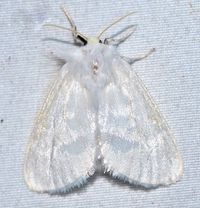
| Recorded by: Paul Scharf on 2015-08-06
Warren Co.
Comment: |
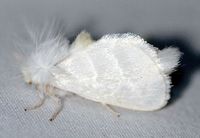
| Recorded by: Paul Scharf on 2015-08-06
Warren Co.
Comment: | 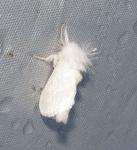
| Recorded by: B. Bockhahn, P. Coin, C. Sorenson on 2015-07-24
Orange Co.
Comment: |
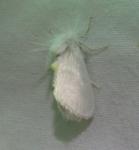
| Recorded by: B. Bockhahn, P. Scharf, S. Hall on 2015-07-22
Stanly Co.
Comment: | 
| Recorded by: T.Phillips on 2014-09-24
Rutherford Co.
Comment: |
|

 »
»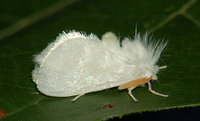


 »
»
